Get Bendy Not Broken: Tips on Stretching for Climbing
And how it can help you send harder
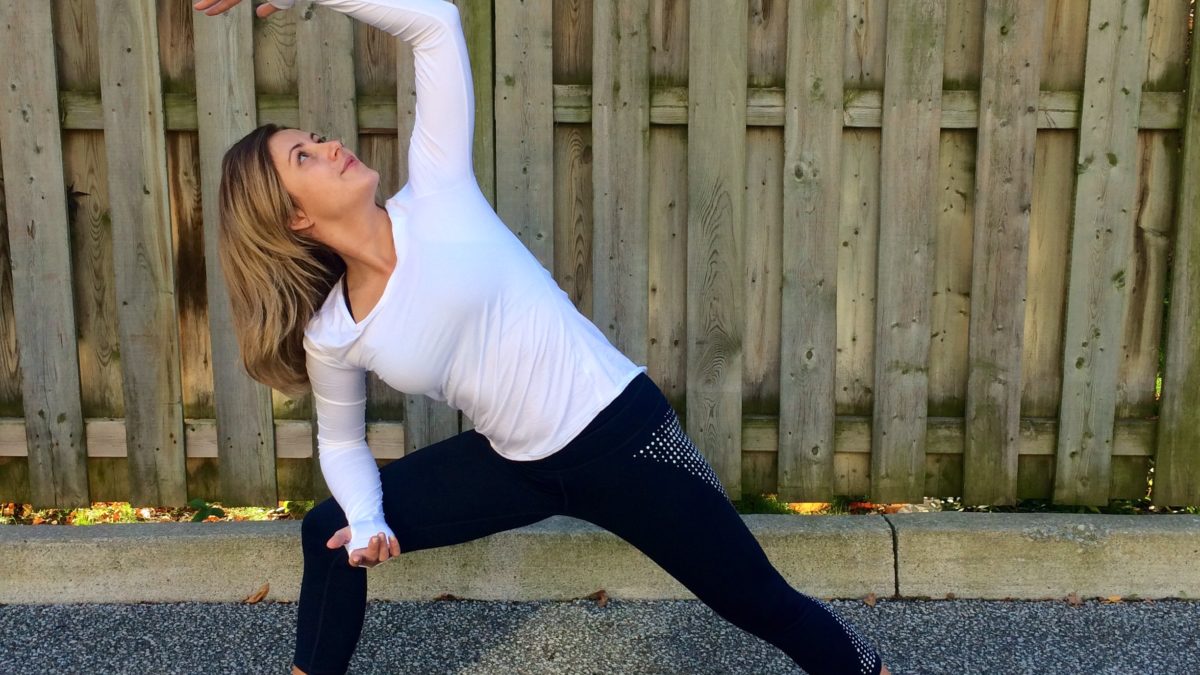
We previously posted about the importance of warming up and antagonist training for longterm injury prevention. Another contributing factor to staying healthy – and better climbing performance – is stretching.
Stretching is part and parcel of the literature on training for climbing these days. Stretching goes hand in hand with strengthening. Without a stretching regime, worked muscles can tighten up over time. Tight muscles can put strain on the joints and tendons, making one more prone to injury.
What’s more, stretching can improve your flexibility, which can make you a better climber. With a more supple body, more climbing moves become available or they become easier and more effective, from heel hooks and high-steps to stemming and wide gastons.
Dynamic vs Static Stretches
Dynamic Stretching is a stretch while moving within and up to (but not beyond) a comfortable maximum range of motion. These controlled (not bouncing) movements loosen and activate the muscles and lubricate the joints.
Static Stretching is when you hold a stretch, at a challenging but not painful limit, for an extended period of time, e.g., 15-30 seconds. These stretches contribute to the reparation process of the muscles and can improve flexibility. They should not be done when your muscles are cold.
When to Stretch
According to certified yoga instructor Ashley Parker (née Edwards) @thekindnesspratice, “the more seasoned you are in your sport the less pre-stretching you need and the more post-stretching you need. It has to do with your muscles getting used to the stress and strain of the activity. For example, when someone starts running or climbing, there are a LOT of parts of the body they don’t normally use being used in overdrive. For this type of stretching (before your workout or sport), stick to dynamic movements (as opposed to static stretches).
“For seasoned climbers I will always say do a short dynamic stretch before and then a longer stretch afterwards with more static stretches and poses. As soon as your climb is done, your muscles go into recovery mode. Before they start to “heal” you want to ensure they are as long and lengthened and open as possible.”
What to Stretch
Parker was co-founder of City Yogis in Toronto (2014-1017), which offered specialized yoga classes for runners and for climbers. From her experience the most common problem areas for climbers were shoulders and hips, which she notes are often neglected. Parker explains, “most climbers put all of their focus in their arms and shoulders and forget about their lower backs and hips.”
Ideally, Parker recommends a full-body post climb stretch. But to get you started, below are examples of stretches that target the dominant climbing muscle groups: Forearms, lats, shoulders, upper back, and one for the hips. As resources we’ve used articles by Parker & Kate Evans, as well as by Squamish-based physiotherapist Nina Tappin @climbing_physiotherapy.
Examples of Post-Climbing Static Stretches
1. Forearm Stretches
It’s important to stretch both the topside (extensors) and underside (flexors) of your forearms.
Gorilla Pose – Wrist extension stretch
“Begin standing at the front of your mat with your feet hip width distance apart. As you exhale, fold forward bending your knees until your hands reach the ground. As you inhale, turn your palms up so that your fingers point towards your heels. Slide your hands under the soles of your feet and try and hold this position for 15-30 seconds (or 5-10 breaths).” [1]
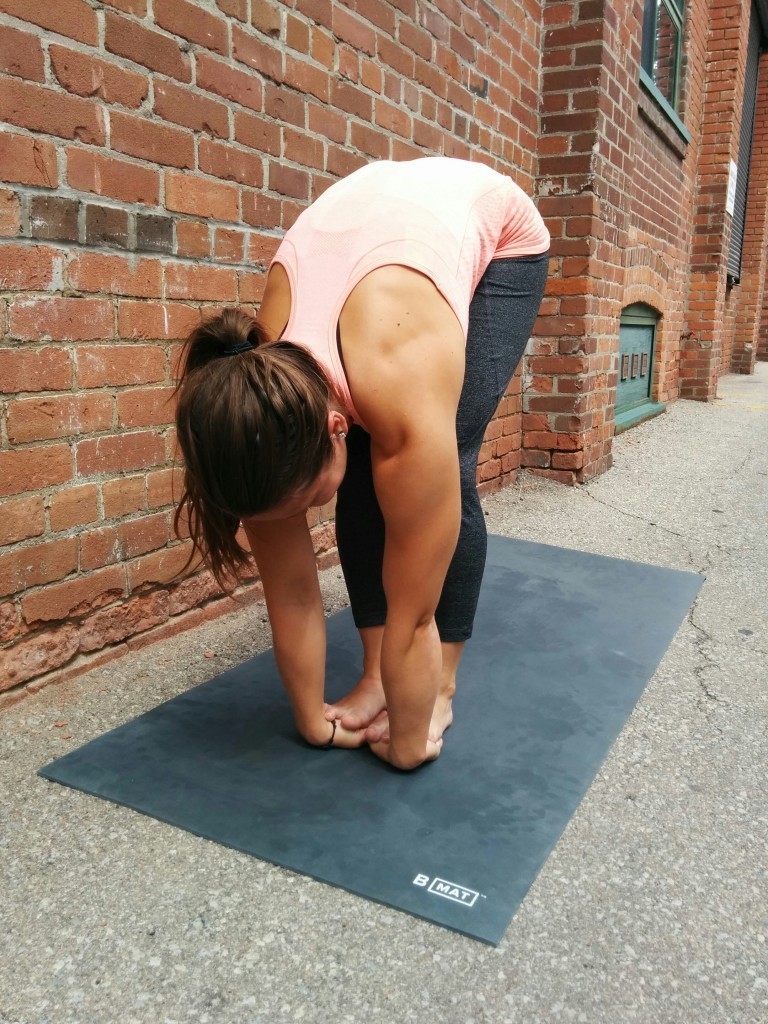
Tabletop Pose Wrist Variation – Wrist flexion stretch
“Start in table pose on your hands and knees. Make sure that your hands are shoulder width apart and that your wrists are inline with your shoulder.” [1]
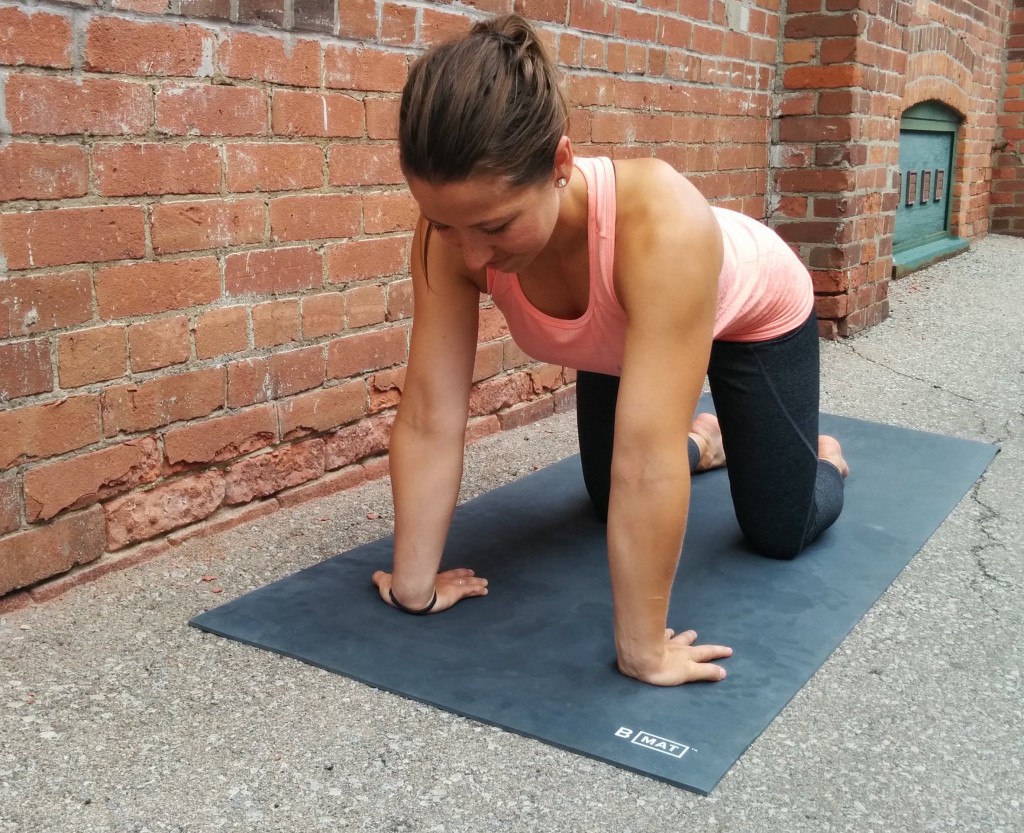
2. Stretch for the Lats
“To stretch your right Lat, step your right foot behind your left. Grab your right forearm or elbow with your left hand, with your arms above your head. Engage your whole body in this stretch by pressing your right heel into the ground and tensing your whole legs together, and into the floor all the way up to your shoulders. Pull your lower belly in towards your spine.” [2] Repeat on the other side.

3. Shoulder Stretches
Lie and Flip
“Lie on your stomach, with both of your arms out to each side (at shoulder height.) Slow roll towards your right side, reaching up and behind you with your left arm. Only go far enough to feel a stretch. Repeat on your left side.” [3]
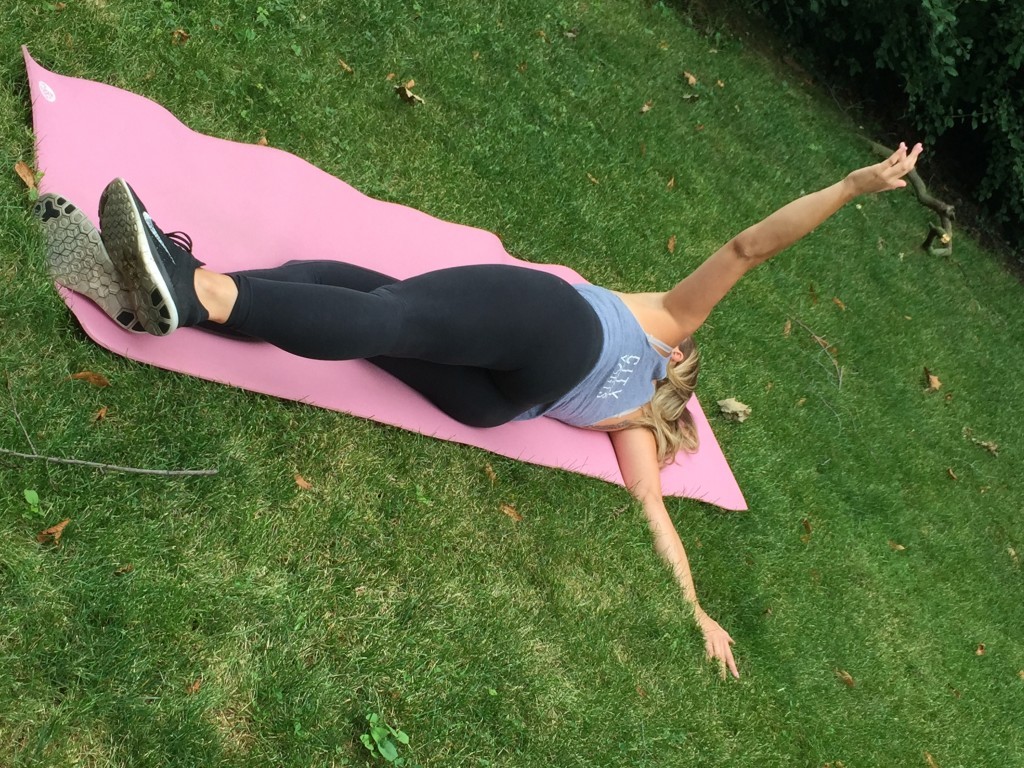
Posterior Rotator Cuff Stretch
“Lie on your side; use a pillow under your head to relax your neck if it feels too tense. Raise your arm up so that your elbow is in line with your shoulder, lean forwards a touch, so that you are lying on, and hence blocking the shoulder blade from moving. Then, slowly rotate your forearm down towards the floor, keeping your elbow bent at 90 (degrees) approximately.” [2]

4. Upper Back Stretch
“Kneel down and stretch your arm to the side and across your body. Round your upper back and press your hand and arm into the floor. Feel the stretch in your upper back.” [2]

5. Hip Stretch
Side Angle Pose
“Side angle pose is a great way to gently begin opening your hips. This pose stretches your hips, groin and shoulders and is also a great way to increase balance.
“Begin this pose standing at the front of your mat with your feet hip distance apart. Take a deep breath in and on an exhale step your left foot back about a metre and a bit. Inhale and lift your arms out to your sides so they are parallel to the floor, palms facing down. As you exhale turn your right foot out to 90 degrees.
“The heel of your right foot should line up with the arch of your left. Inhale and ground your left heel and as you exhale bend your right knee so that it sits over your right ankle. If you are able, attempt to bring your right thigh parallel to the floor; you can work towards this as you build strength and flexibility. Inhale deeply and as you exhale bring the right side of your torso towards your right thigh, bringing your right fingertips to your mat on the outside of your right foot.” [4]
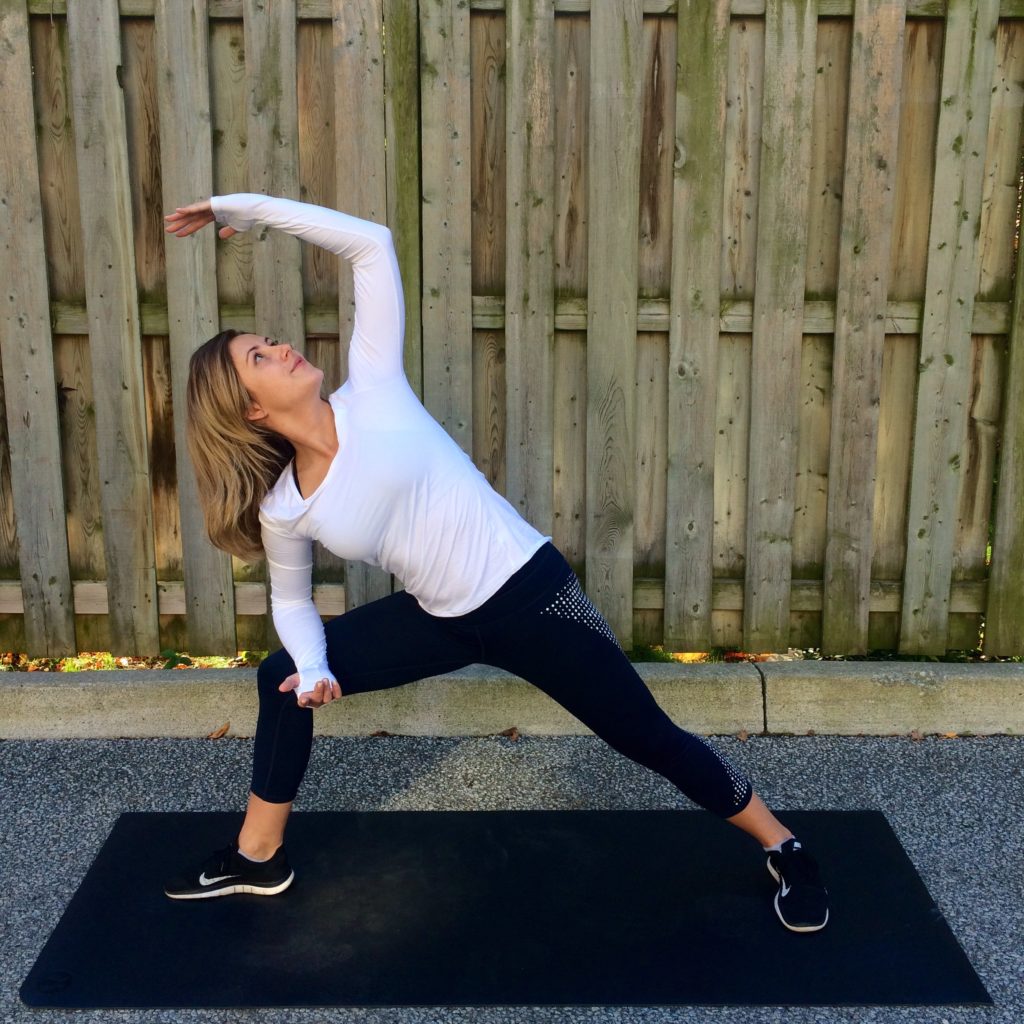
Yoga for Climbers
It’s not always easy to know exactly how to do all these stretches correctly, nor is it always possible to take the time to do a full body stretch session after climbing. So when asked if she would recommend climbers do a regular yoga class as a complement to climbing, Parker said emphatically, “Of course!”
If you’re hesitant, keep in mind that not all yoga classes are the same. Perhaps you are intimidated by or simply not interested in classes that move quite quickly through different poses (variously named Flow Yoga, Vinyasa Yoga, Dynamic Yoga).
Parker recommends “a restorative or Yin class that focuses on holding longer poses and making subtle adjustments to posture and poses throughout the class. What is often overlooked is that this class isn’t necessarily about stretching the obvious muscles but rather going deeper – it’s about targeting ligaments, tendons, and deep connective tissue that often gets ignored – this is what will help avoid injury!”
Hatha yoga classes also typically hold poses longer, through many breaths. These classes can help give you a better awareness of your body and proper body positioning for stretching, which you can apply to your post-climbing workouts. At the same time, you will work on your flexibility.
Get Bendy Not Broken
If you need motivation to stretch beyond injury prevention, remind yourself how your climbing can improve with increased flexibility. In a 2013 on 8a.nu, Jan Hojer admitted that one of his weaknesses was that he wasn’t flexible. Clearly he made an effort to change that. Anyone who has been following the IFSC bouldering World Cup circuit for a while has seen a massive improvement in Hojer’s flexibility, which undoubtedly contributed to his successes in the last five years.
[1] Ashley Edwards and Kate Evans, Stretches to Avoid Elbow Pain from Climbing
[2] Nina Tappin and Sean O’Leary, Shoulder Injury Prevention.
[3] Ashley Edwards and Kate Evans, Climbing Fitness #3: Rotator Cuff Care
[4] Ashley Edwards and Kate Evans, Climbing Fitness #7: Happy Hips and High Steps


